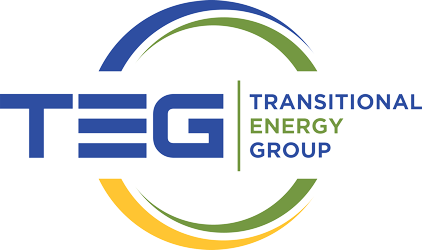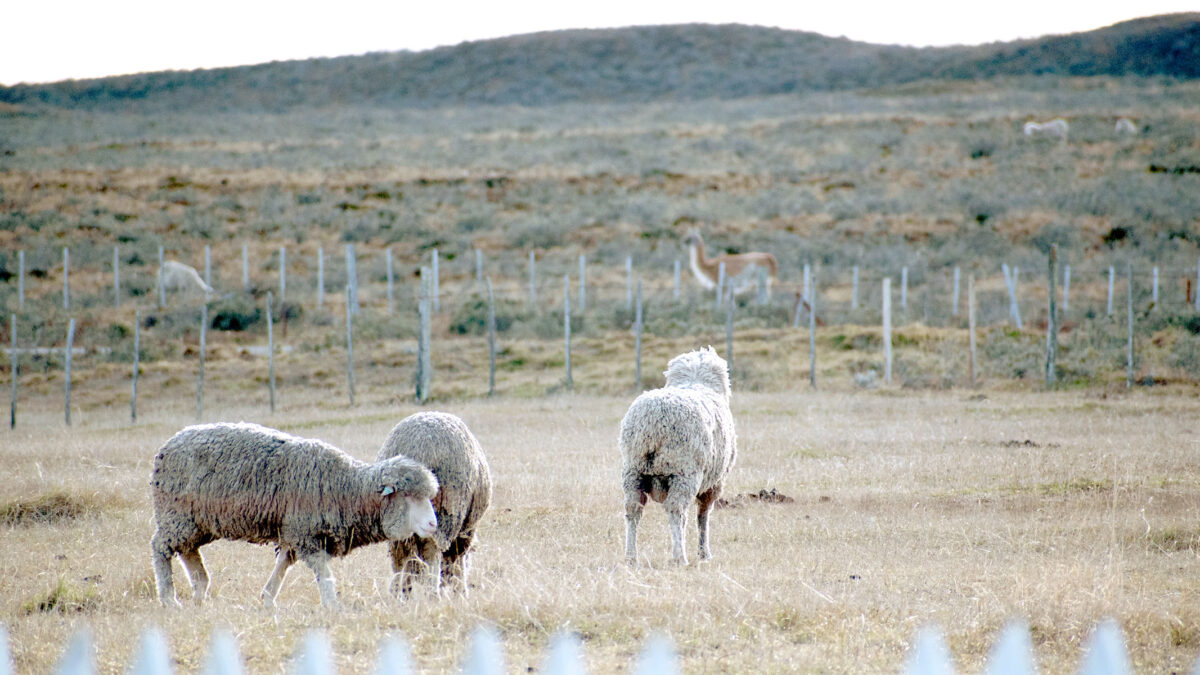The Gente Grande project aims to generate between 1.3 and 1.5 million tons of green ammonia, which will be exported to international markets to contribute to global decarbonization.
It will be developed on Tierra del Fuego, on an approximate area of 38,000 hectares, in the communes of Primavera and Porvenir. The project will comprise a seawater desalination plant, a wind farm, a chemical treatment plant, port infrastructure, and electric transmission lines. These facilities will be built in different phases, with a total of eight years estimated until it is fully operational. This development in stages seeks to foster a harmonious process that contributes to the territory in which it is inserted and is in line with global market needs.
Once in production, the Gente Grande project is expected to contribute to the development of a Hydrogen Valley, namely, the use of desalinated water and energy, among other inputs, for other carbon-neutral industries in the territory.
Project Stages

- RCA (Environmental Qualification Resolution): This is an administrative document, issued by the Regional Assessment Commission, which is obtained after completing the SEA-led environmental impact assessment process. This document establishes the conditions, requirements, or measures that the owner of a project or activity must comply with during its execution.
- SEIA (Environmental Impact Assessment System): this is a preventive environmental management instrument that allows the authority to determine before a project’s execution whether it complies with current environmental legislation and deals with potentially significant environmental impacts.
- HAB (PACA Authorization): A process where different activities and projects are held to facilitate the subsequent Early Citizen Participation process.
- PACA (Early Citizen Participation): This is a voluntary process for the project owner, where the community is informed about the project’s characteristics and the preliminary results of the field studies, before presenting the Environmental Impact Study to the Environmental Impact Assessment System (SEIA). In this process, the project’s owner receives observations and incorporates them into the design.
- PAC (Citizen Participation): This is a process run by the SEA for the community to know about the environmental assessment procedure, their rights during this, the characteristics of the project under evaluation, its main effects, and the measures proposed by the owner to handle said effects. Likewise, the Service will facilitate opportunities for the owner and the community to meet, with the aim that the latter is informed about the specifics of the project or activity.





